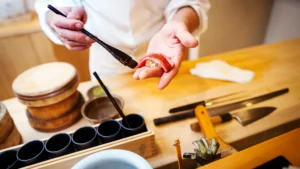
What is an Omakase Sushi Experience?
Embark on an exciting exploration of Omakase, Japan’s exquisite sushi tradition. Discover the secrets, flavors, and artistry in my engaging guide. Click for a delicious read!
Home » When do Japanese people eat Sushi?
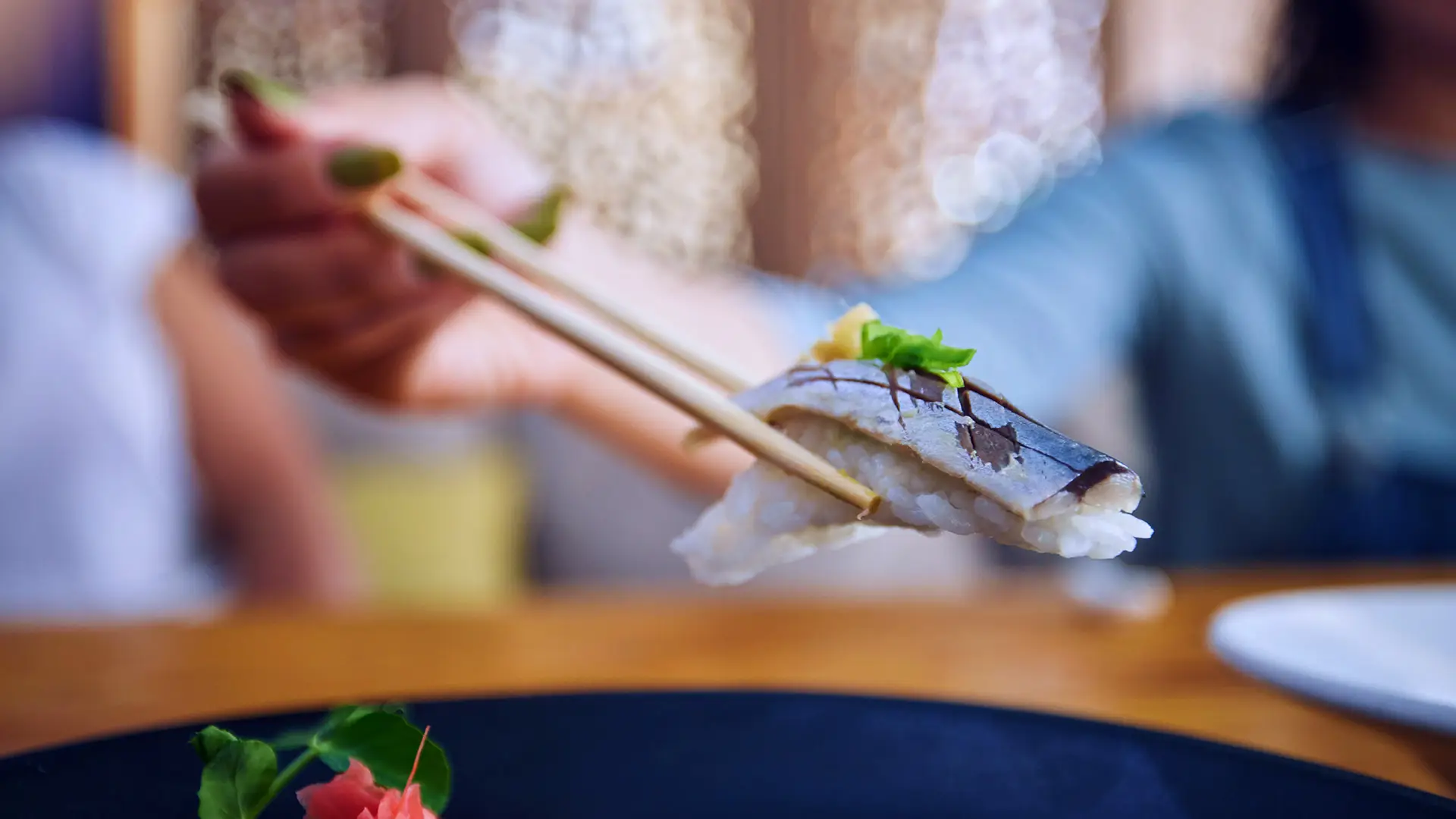
“When do Japanese people eat sushi, Rik? Every day, right?” This question is often asked during my sushi workshops. “If I lived in Japan, I’d eat sushi every day!” said participant Marco, who joined my workshop last week.
But contrary to what many people think, sushi or sashimi is not a daily meal for the Japanese. That’s why I’m excited to take you on a delicious journey through the rich history of sushi in this article. You’ll learn why this dish is so deeply woven into Japanese culture and discover the moments when the Japanese most enjoy this iconic dish. Trust me, the answers will surprise you!
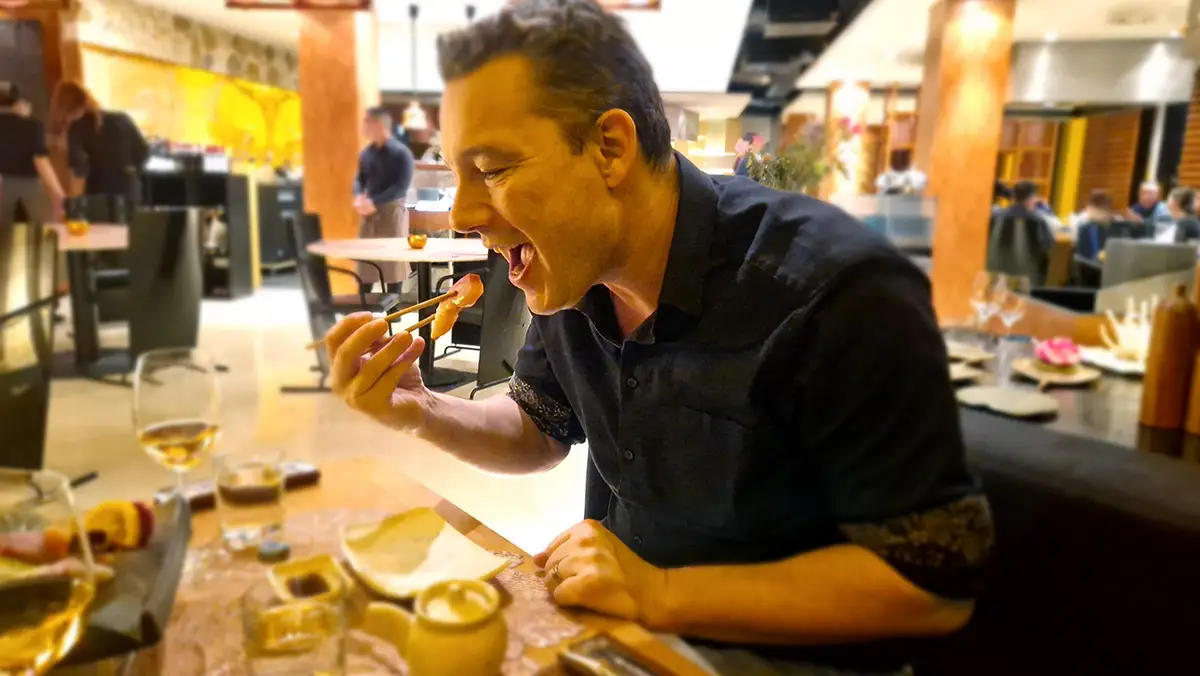
Sushi, the iconic symbol of Japanese cuisine, has a rich history that goes back over a thousand years. What began as a clever way to preserve fish has evolved into the beloved dish we know today. In the Nara period (8th century), fish was salted and fermented with rice, which was then discarded before the fish was eaten.
But fast forward to the Edo period (17th century) and you’ll see how sushi took on a whole new twist! It became a quick, flavorful meal combining rice vinegar, nori, and fresh fish to create nigiri sushi. This delicious innovation originated in Tokyo (then Edo) and quickly spread across the country thanks to its convenience and delightful taste.
What was once street food has now become a delicacy enjoyed not just in Japan but around the world. Ingredients like sushi rice, wasabi, and soy sauce have become staples in kitchens everywhere and are available everywhere you go!
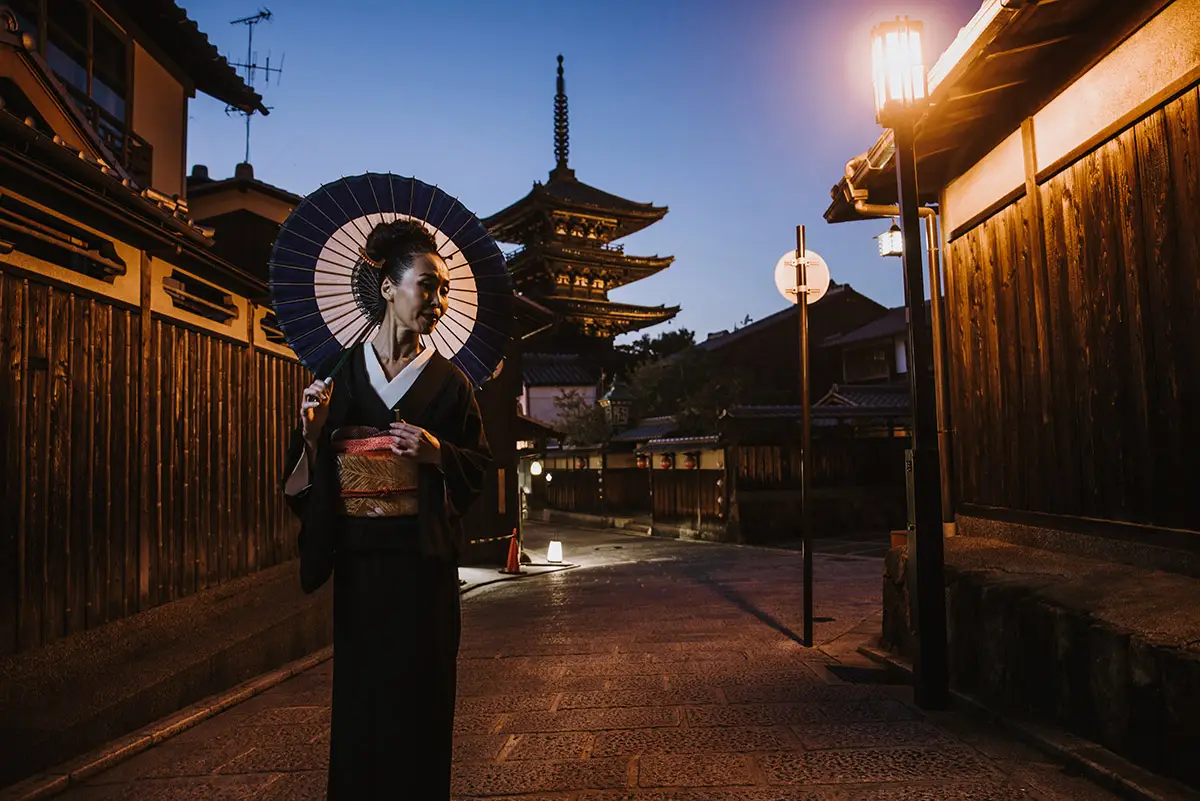
Sushi is found everywhere in Japan, thanks to the deep cultural ties and easy access to fresh seafood. As an island nation, the “Land of the Rising Sun” has always had a strong connection to the ocean, making fish a crucial part of the Japanese diet. Thus, sushi naturally emerged as a perfect way to enjoy all that fresh fish and seafood.
The art of sushi making—from perfectly preparing sushi rice with rice vinegar to meticulously slicing fish—has been passed down through generations. This craftsmanship makes sushi a respected tradition, cherished in both high-end sushi bars and local markets. Moreover, versatile ingredients like wakame, bonito flakes, and shichimi togarashi offer endless variations, keeping sushi exciting and fresh.
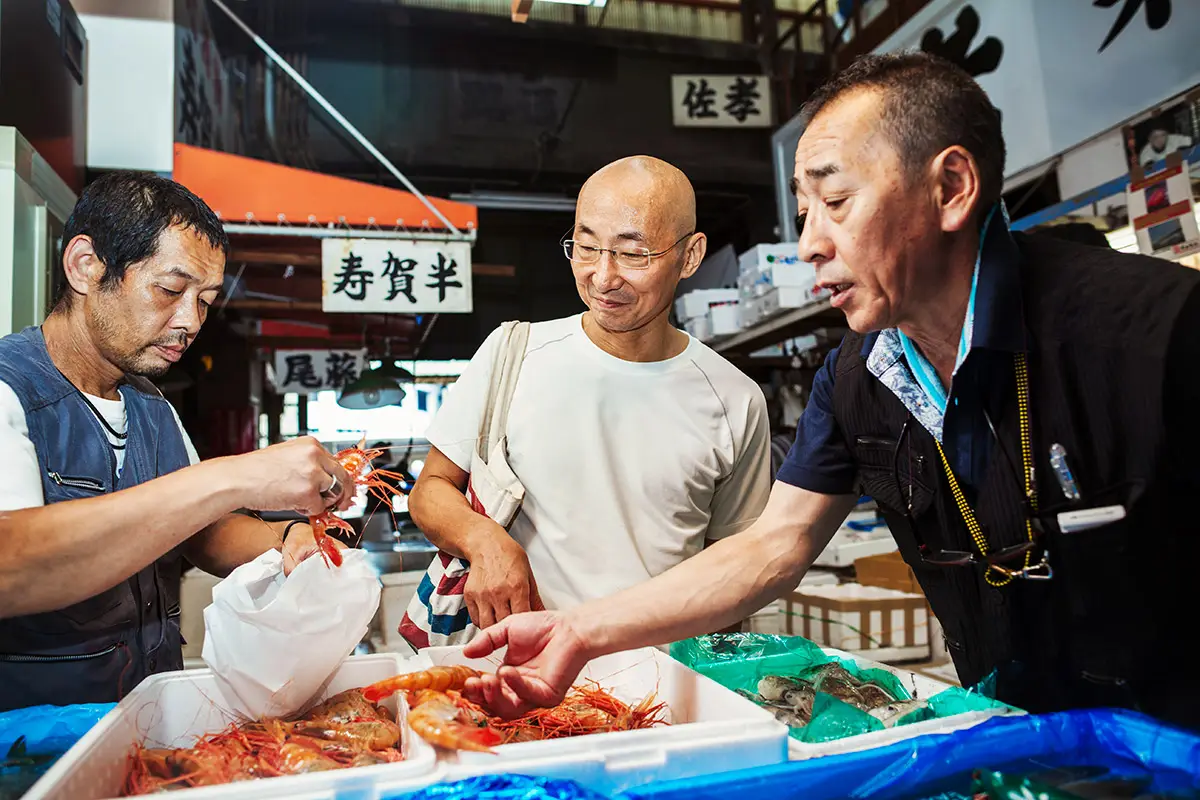
Contrary to what you might think, most Japanese people don’t eat sushi or sashimi every day. Surprising, isn’t it?!
Sushi is definitely loved, but it’s usually reserved for special occasions or dining out. For daily meals, Japanese people often opt for simpler and more varied dishes. However, sushi is easily available, from upscale sushi restaurants to conveyor belt sushi (kaiten-zushi) and even convenience stores and supermarkets.
Thanks to this accessibility, it’s quite common for families to enjoy sushi once a week or on special occasions. However, Japanese cuisine is far richer than just sushi. There are so many other delicious dishes served at home in Japan.
Do you love sushi as much as I do? Have you ever tried making your own sushi at home?
If not, you’re missing out on a truly fun and rewarding experience! So why not give it a try? Take some sushi rice, and your favorite ingredients, and get rolling!
You’ll be amazed at how fun and easy it is to make sushi at home. Grab my free sushi recipes and get started right away!
Sushi is incredibly versatile in Japan and can be enjoyed both at lunch and dinner. Traditionally, though, sushi is more often eaten at dinner, especially when spending time with friends or family. A sushi dinner often has a relaxed atmosphere where you share various sushi dishes, frequently accompanied by a glass of sake or a bowl of miso soup.
At lunch, sushi is usually quicker and more casual, like a sushi bento box or a quick stop at a kaiten-zushi (conveyor belt sushi). Some types of sushi, such as tamago (Japanese omelet) or inari (sushi rice wrapped in tofu pouches), are commonly found in lunchboxes and are popular choices for a midday meal.
Whether you enjoy sushi for lunch or dinner, it’s always a special and tasty experience. And delicious too!
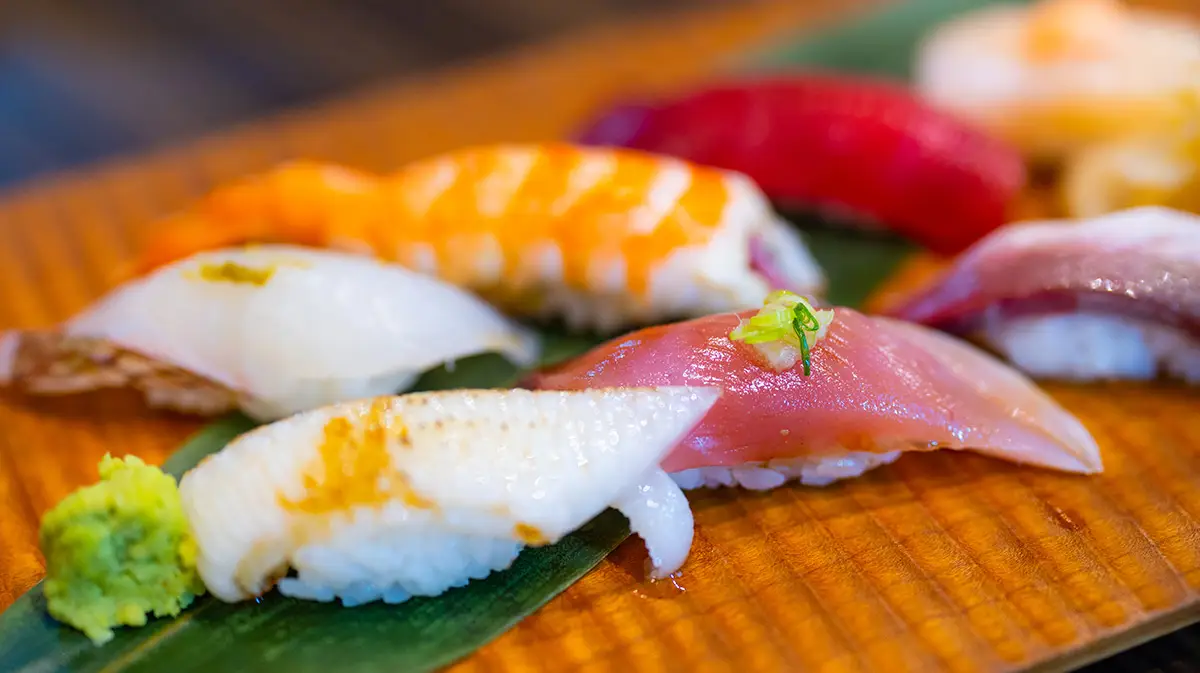
While sushi might be the most well-known Japanese dish worldwide, rice is probably the most popular dish in Japan itself. Rice is a staple in Japanese cuisine and appears at nearly every meal. Whether it’s plain steamed rice, sushi rice seasoned with rice vinegar, or a bowl of donburi (rice topped with various ingredients), rice forms the core of many Japanese meals. It is the foundation of the Japanese diet. Sushi, with its base of sweetened rice, also highlights the importance of rice in Japanese culture.
Besides rice, other popular dishes include ramen, miso soup, grilled fish, tempura (which uses ingredients like panko and tempura flour), and curry rice. These dishes, like sushi, are cherished for their delicious flavors, simplicity, and the comfort they bring to daily life.
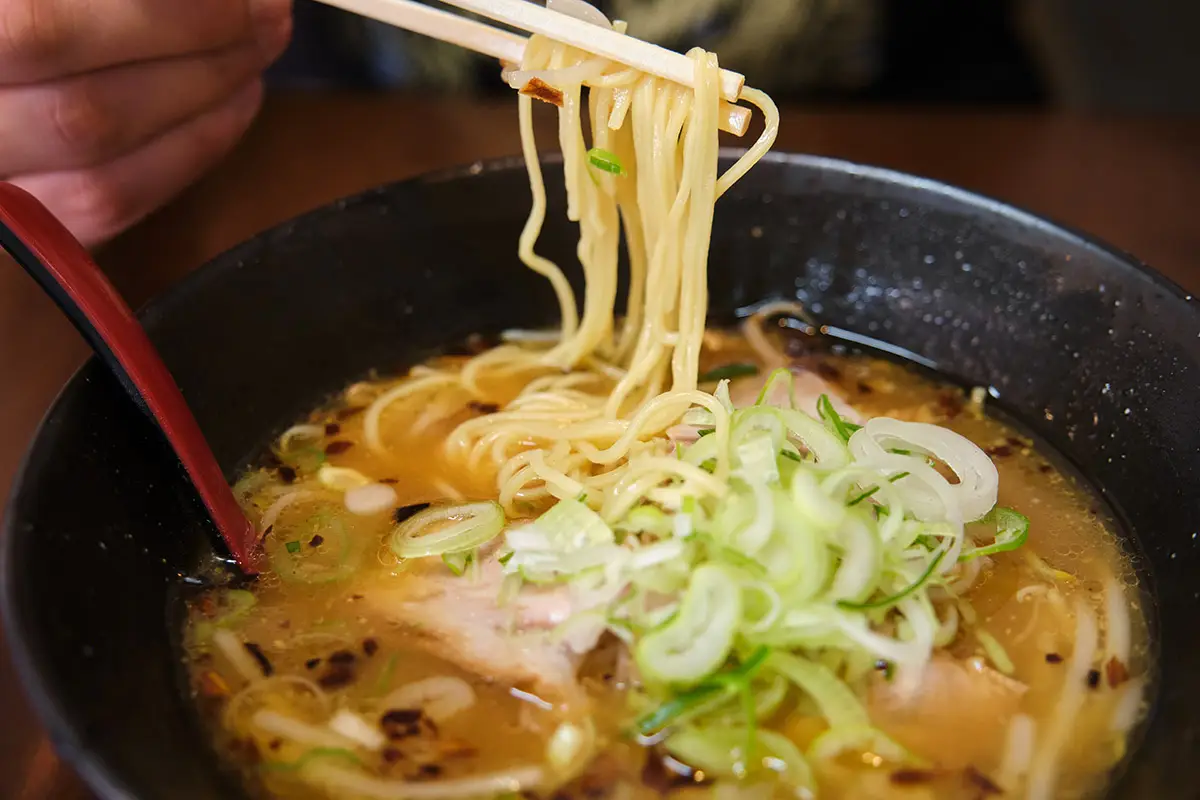
The daily diet of Japanese people is wonderfully varied and well-balanced, with a strong focus on seasonal and fresh ingredients. A typical Japanese meal often includes a bowl of rice, miso soup, grilled fish, and a side dish like pickled vegetables or tofu. Other daily favorites are dishes made with dashi (Japanese broth), miso soup, and seasonings like soy sauce and sesame oil.
Noodles, such as ramen and soba, are also popular in Japan and can be part of the daily meal. Ramen is a versatile noodle soup often served with a rich broth and toppings like pork, eggs, and vegetables. Soba, made from buckwheat flour, is commonly served in a light broth or cold with a dipping sauce. Vegetables like ginger, garlic, and wakame (seaweed) are widely used, adding extra flavor and nutrients.
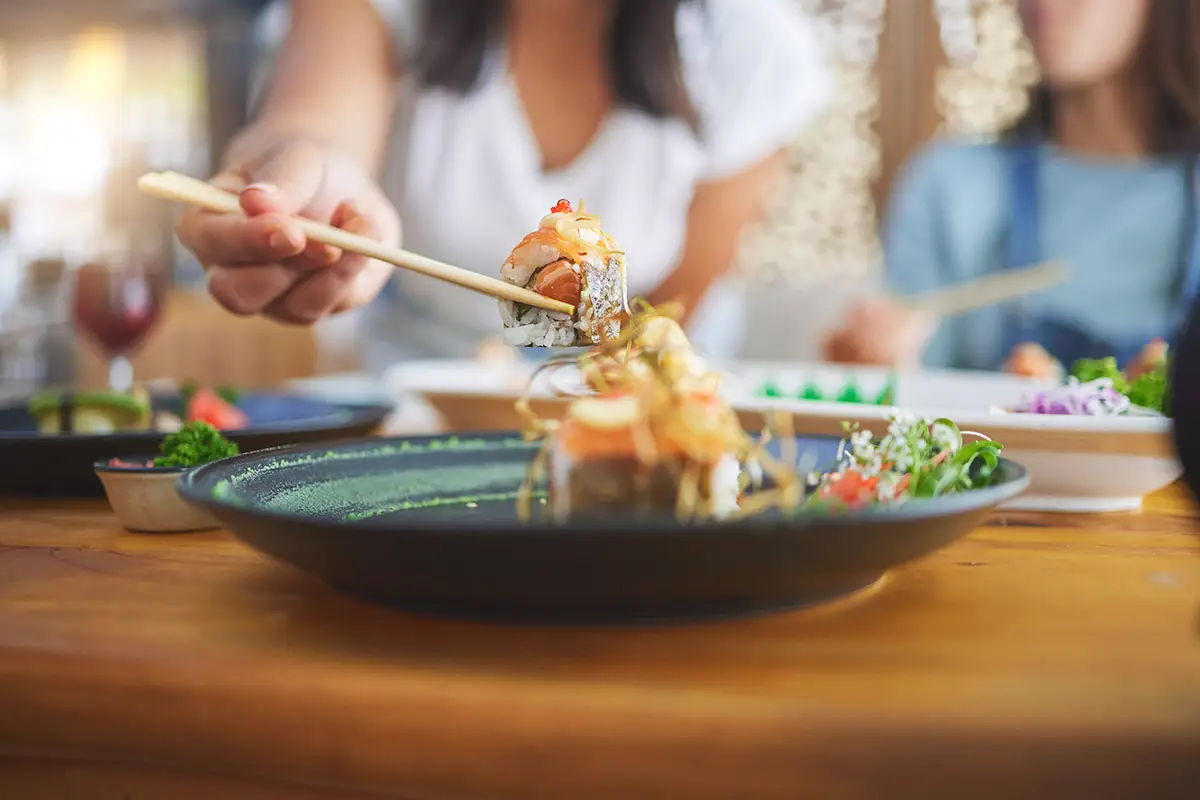
Japanese people place great value on simplicity and seasonality. This means meals are often prepared simply, with a focus on the natural flavors of the ingredients. Meals are typically served in small portions but are varied, often presented in multiple small dishes rather than one large bowl.
While sushi is usually an occasional treat, these everyday meals highlight how Japanese people keep their diet balanced and stay healthy. Homemade meals are also very common, with families often preparing simple dishes together and sometimes making sushi for fun.
Sushi, while a beloved dish in Japanese cuisine, is not something most Japanese people eat every day. It is primarily enjoyed on special occasions, social gatherings, or simply as a tasty treat.
Understanding when and why sushi is eaten provides valuable insight into Japanese culture, from its historical background to its role in daily life. Whether you’re dining at a sushi bar in Tokyo or making your own sushi at home, it’s clear that sushi remains a cherished part of Japanese culinary tradition, perfect for the right moments.

Sushi chef and founder of the School of Sushi. Making your own sushi is easier and more fun than you think! Through workshops and online courses, I’ll show you how to roll delicious sushi for your friends & family. Ready to roll?
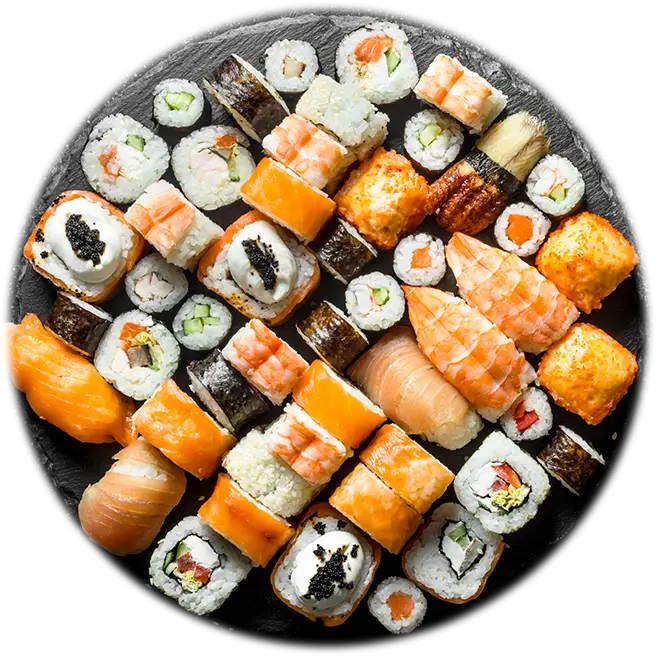
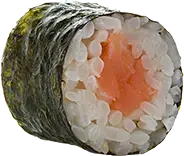

Embark on an exciting exploration of Omakase, Japan’s exquisite sushi tradition. Discover the secrets, flavors, and artistry in my engaging guide. Click for a delicious read!

Success is assured with this easy-to-follow step-by-step recipe for a delicious NIGIRI SALMON sushi. Includes helpful video.
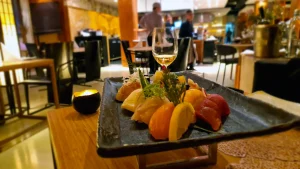
Hosokawa Amsterdam: exceptional sushi and sashimi. Curious about our experience? Check out our in-depth review.

Kewpie mayo is not just any mayonnaise! Find out why it’s the world’s tastiest, how to use it and where to buy it. Click to read more!
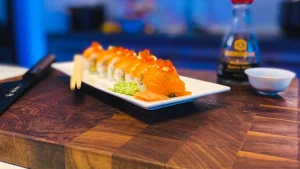
How do you keep your wooden cutting board looking great? Check out advice for cleaning and maintenance here, including handy tips.

Curious about the most sought-after sushi in the United States in 2023? Learn about the top ten most popular sushi and why they’re so loved!
Try it out for free
Making your own Sushi at home? It’s not difficult at all.
Download my free guide with delicious sushi recipes now and from now on you can conjure up the most delicious maki, nigiri and gunkan sushi yourself.
From beginner to advanced sushi chef, my recipes are a treat for everyone!
Where do I need to send it?
Phone: +31 (0)6 12 91 44 99
E-mail: rik@schoolofsushi.com
Web: https://schoolofsushi.com
Chamber of Commerce 28109089
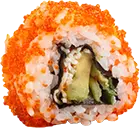



Master the art of sushi-making at home with my fun online course, featuring 50+ step-by-step videos, expert tips, and delicious recipes to impress your loved ones!